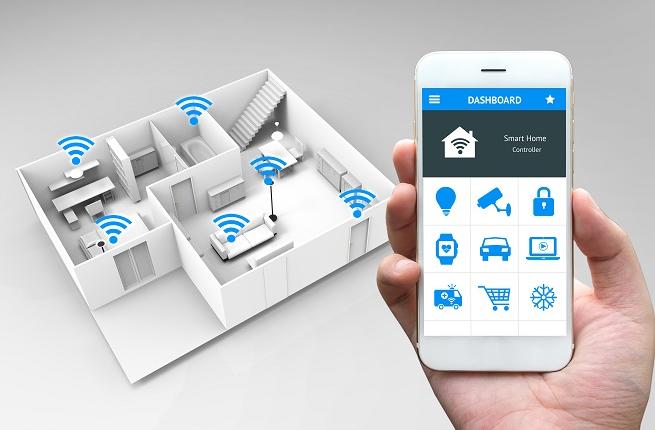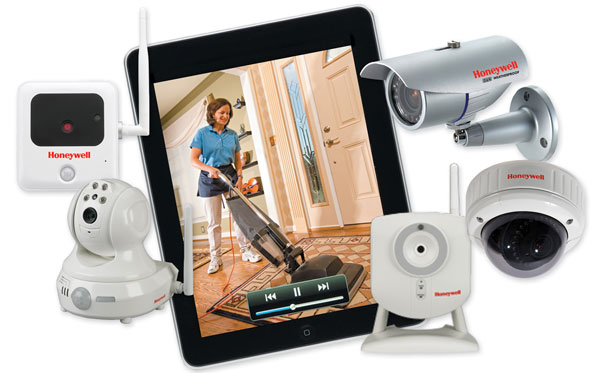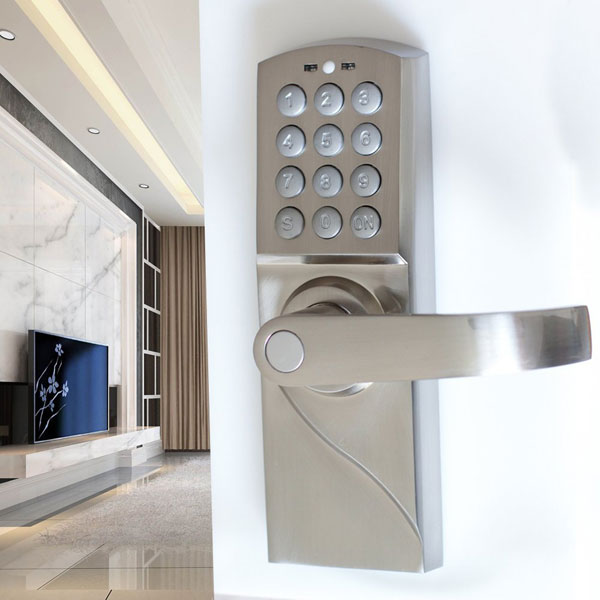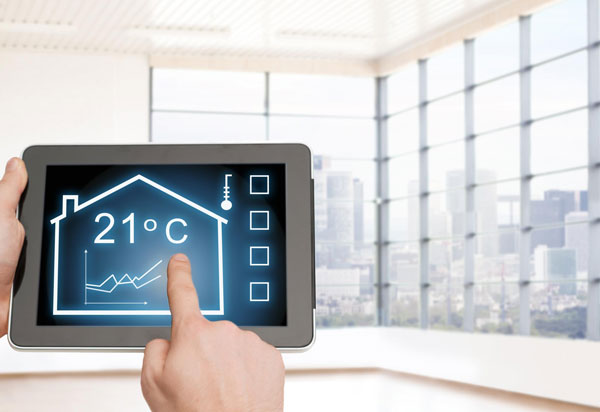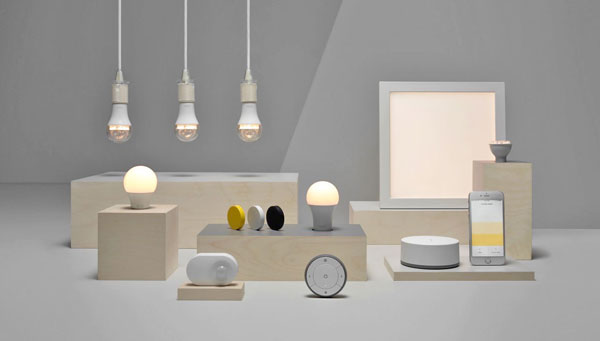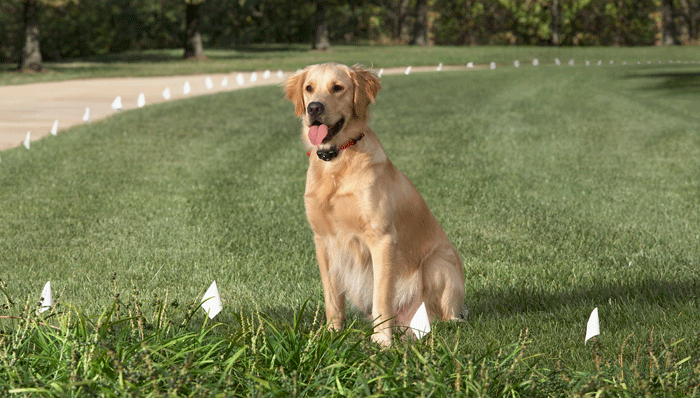
Know the basics. Before you start Invisible Fence training, it's important that your dog already knows basic commands such as"sit" and"stay." A responsive dog will adjust more rapidly with their new commands. Because your dog can no longer visually see that they are contained, it is normal for there to be some confusion. A visual border will help your dog understand where they can and can not go. Use flags, cones, or series to set up a border; as your dog gets used to not seeing a physical weapon, you can get rid of these visual markings. Your dog will react to brief bursts of instruction greater than they will to working hours end. 10-15 minute training sessions work best 2-3 times every day. If at any stage you notice your puppy expressing stress or fatigue, dial training back. After all, training should be an enjoyable experience for your pet, not a stressed one. Once you've marked the regions in which the Fence is, walk your puppy close to the perimeter so that they can get used to the fresh visual markers. Use a leash during this procedure so that you can keep them within the limits of your yard.
Use redirection and association. Permit your dog to experience the collar beeping because they become nearer to the perimeter of the fence, then redirect them so that they understand to not go beyond it. Be sure the tone of your voice changes when you need to divert your pet. Continue this exercise daily in order for your dog begins to connect your redirection with the beeping sound of the collar. Once you notice your dog begin to prevent the boundaries you've set, it's time to train with no leash. Typically, dogs are ready for this measure after 9-10 times of leashed training. Before letting your dog completely off the leash, then have the puppy on the leash, but drop it. This provides the owner the ability to test the way the puppy will do while nevertheless having ability to prevent him if he attempts to cross the line. That is a good in between measure prior to letting your dog off the leash to test the dog while having control. Let your puppy explore the yard on their own, but maintain a visual on them at all times. Should they approach the boundary or go beyond it, redirect them. With continued practice, they'll avoid going near the boundary altogether.
Reward your pet. During the training process, it's very important to reward your pet with verbal affirmations and their favorite treats. This allows them to better understand that they are doing the right thing and of course, feel the love! After training is done, reward your puppy with a new toy or a visit to their favorite park for all their hard work.
















